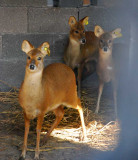
The Taiga Musk Deer has three subspecies and is a small mammal.Musk deer often move alone, or females and their offspring form a family, and are generally more active at dawn and dusk. In summer, they live mostly on steep cliffs near rocky cliffs and river valleys; in winter, they prefer to live in...
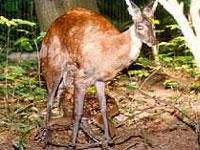
Himalayan Musk Deer, with no subspecies, is one of the six species of musk deer in China.Himalayan Musk has a strong sense of smell. Males mark their territory by rubbing their tail glands against vegetation. This secretion also deters competitors during the breeding season. Himalayan musk deer will...
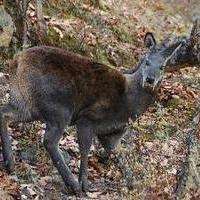
Black Musk Deer has no subspecies and is similar in shape to the forest musk deer.Black Musk Deer have the habit of nocturnal activities and are more active at dawn and dusk. They usually move alone, and rarely move together in pairs. They usually communicate by marking through the scent of musk bet...
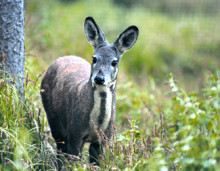
The foreign name of Forest Musk Deer is Forest Musk Deer. There are 5 subspecies, and the most famous "musk" is produced by it.The forest musk deer is a timid and solitary animal. It rests during the day and comes out in the morning and evening. Usually, males and females live separately a...
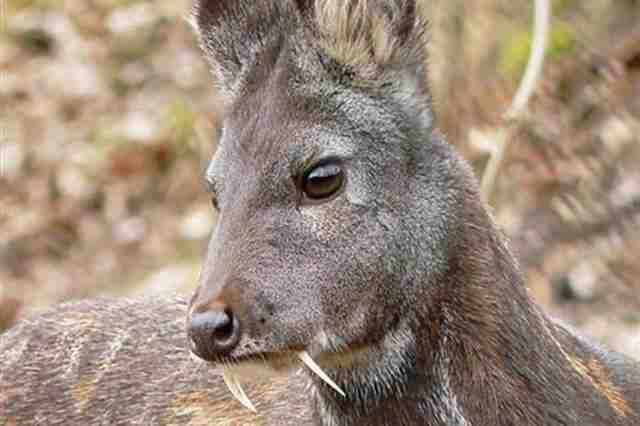
Anhui musk deer is also known as Anhui musk deer in English. Since the Anhui musk deer was discovered in the 1980s, its biological classification has not been determined. Some people believe that Anhui musk deer is a subspecies of the original musk deer, while others believe that Anhui musk deer is...
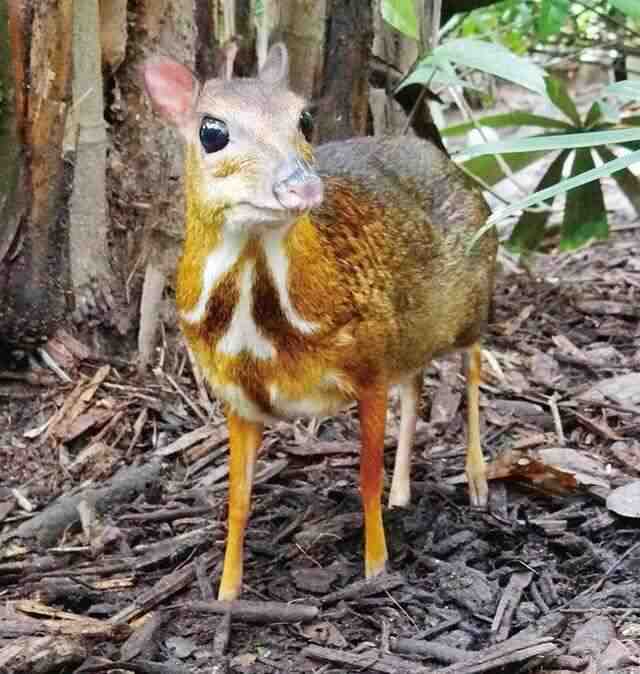
Williamson's Chevrotain, also known as Williamson's Chevrotain in English, is a very small primitive deer species with no subspecies.The Wilhelm's mouse deer is a species of mouse deer distributed in northern Thailand and Laos and Mengla County, Yunnan Province, China. It was originally...
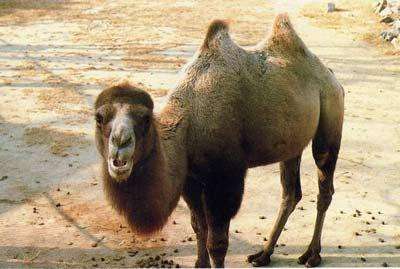
Bactrian Camel, a monotypic species, a giant ungulate, with no valid subspecies.Wild camels are good at running, agile, quick to react, and have a very strong sense of smell. Some people believe that they rely on their sense of smell to find water in the desert, or they may rely on their unique gene...
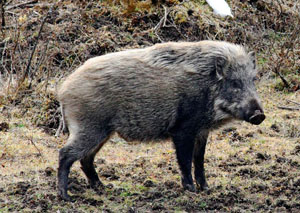
Wild boars are medium-sized mammals with 20 subspecies. They have a sturdy body, a large head and front end, and a small back. They have short, thick limbs, a long head, small and upright ears, and a protruding cone-like snout with an exposed cartilage pad (also known as an arched nose). Each foot h...
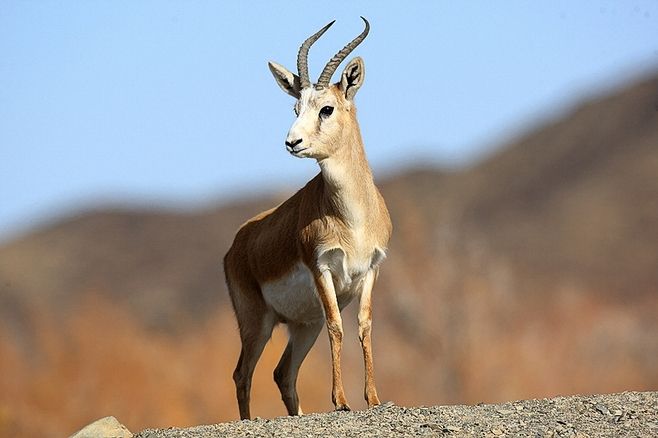
The goitered gazelle is a typical animal that lives in desert and semi-desert areas. It is shaped like a gazelle and is good at running. The male gazelle's throat is enlarged during the estrus period, resembling a goose's throat, hence the name "goitered gazelle". The swelling of t...
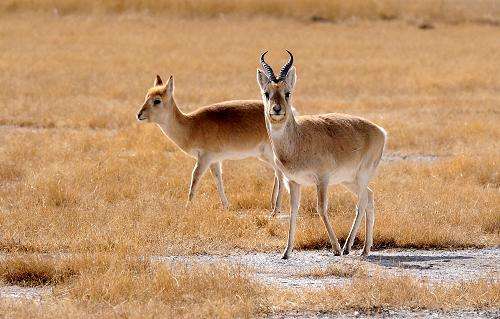
In 1875, Russian naturalist Przewalski discovered this animal unique to China on the Ordos grassland in Inner Mongolia, China, but he always mistakenly thought it was a Tibetan gazelle. It was not until 13 years later that it was officially named "Przewalski's gazelle". However, in his...

In the 2008 Beijing Olympic Games, the mascot Fuwa Yingying is a cute Tibetan antelope.The origin of the Tibetan antelope provides an interesting example of an endemic species on the Qinghai-Tibet Plateau, whose ancestors can be traced back to the late Miocene. In the Qaidam Basin in the northern Qi...
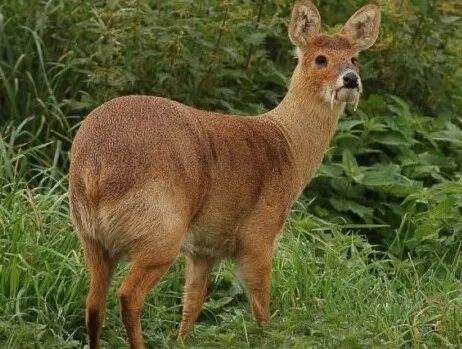
I have heard that musk deer are the best medicine in the world. As long as musk deer live in the forest, the air and water will be purified, and any human or animal living in or around the forest will not suffer from disease.The musk deer is suspicious by nature. When it moves, it always looks...
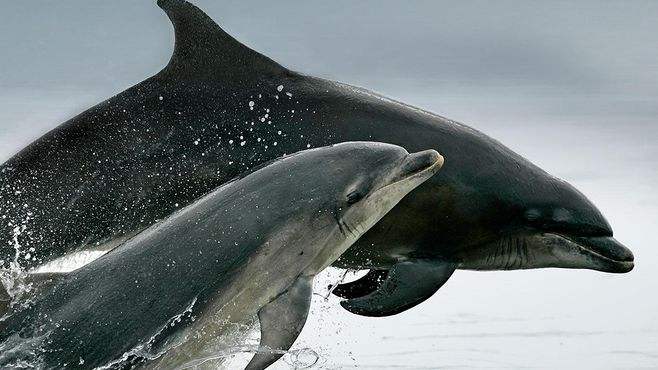
The Indo-Pacific bottlenose dolphin has a short and thick beak that resembles a water bottle, hence the name "bottlenose". But this is not a real nose, its nostrils have evolved into a breathing hole on the top of the head.Dolphins are highly social animals and usually live in groups. The...
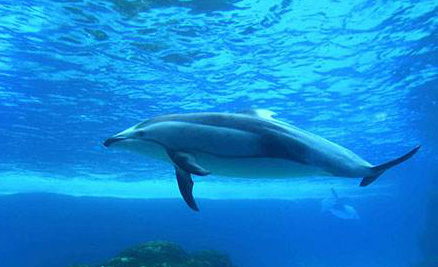
Pacific spotted dolphins are very active and expressive, creating large clouds of water. They often leap into the waves, sometimes spinning or flipping in the air, landing on their sides or bellies. They are good fast swimmers, and some individuals may swim together. They like to surf on the ocean w...
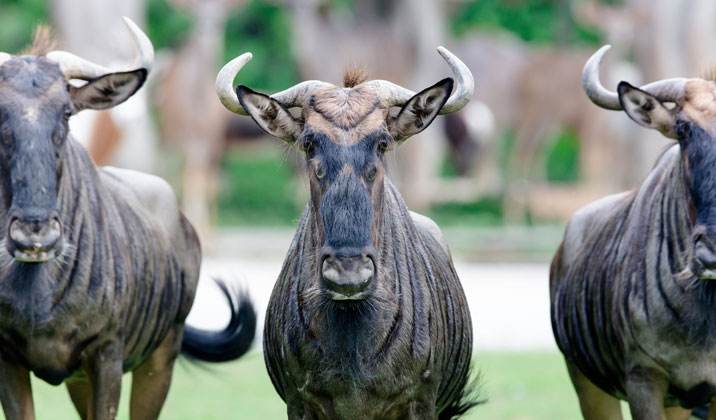
The blue wildebeest has a sturdy body and its coat is dark blue or gray-blue, sometimes gray-brown. Both male and female wildebeest have large, backward-curved horns. The male horns can extend up to 83cm, while the females only reach 30-40cm. The blue wildebeest has clear black stripes on its neck a...

The hippopotamus actually has a cousin that is nearly ten times smaller than it - the pygmy hippopotamus. It looks like a hippopotamus that is ten sizes smaller. People who are not familiar with the pygmy hippopotamus would definitely think that the pygmy hippopotamus is a hippopotamus cub.The pygmy...
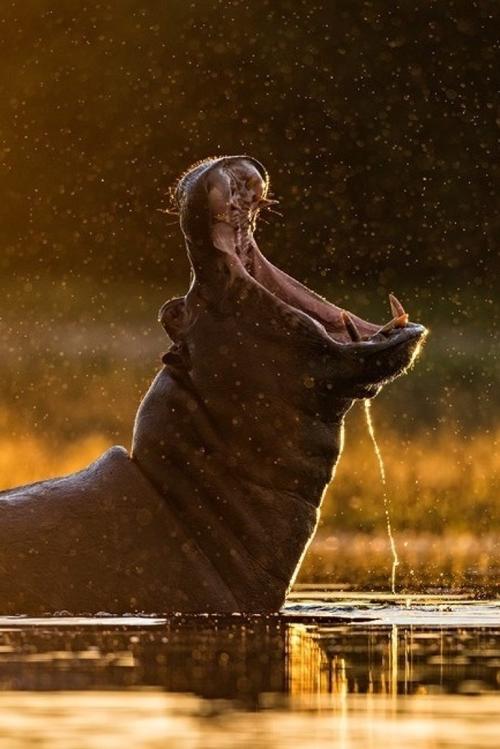
Hippopotamus are large herbivores second only to elephants and rhinos in size, and are also very ferocious. Hippopotamus have hairless bodies, short and clumsy limbs, wide mouths with sharp tusks. Hippopotamus' eyes, external ears and nostrils are all exposed and protruding....
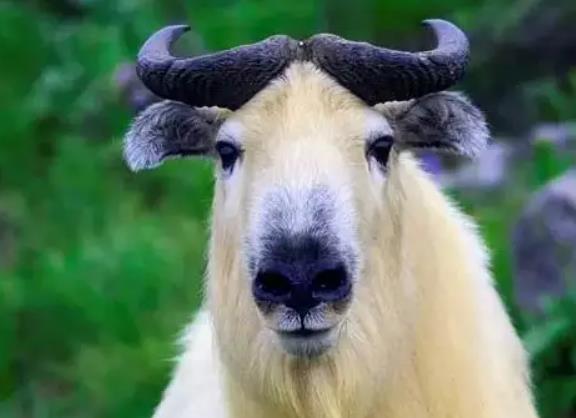
Takin is a large bovine herbivore distributed in the dense forests of the eastern foothills of the Himalayas. Due to different origins, the coat color gradually becomes lighter from south to north. Divided into 4 subspecies: Gaoligong takin, Bhutan takin, Sichuan takin, Qinling takin, all pro...